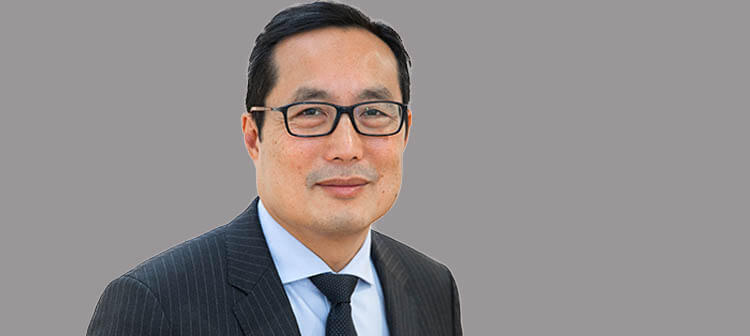What is Asian rhinoplasty (nose surgery)?
Whereas the most common nose jobs for Caucasians involve removing bone and trimming the nasal cartilage, Asian nose surgery usually concentrates on building the bridge of the nose up. While the base of the nose and nostrils are the areas where the narrowing is most often done.
Many southeast Asian patients want changes made to the length of their noses or bridges. A reduction in nostril size is another goal they commonly have. People from further north and east in Asia, however, are less likely to require these procedures.
Asian patients are much more likely than Caucasians to increase the size of their nose, or to lift the dorsum of their nose. In addition, many want to have their nose’s tip built up.
In general, the cartilage making up Asian noses is more fragile than in Caucasian noses – and the overlaying skin is thicker. This presents challenges for surgical procedures, but our talented surgeons have vast experience in performing all kinds of rhinoplasty surgery.
What type of Asian rhinoplasty surgeries do we perform?
As we’ve said, in Asian rhinoplasty, nose bridge augmentation – or flat nose surgery – is in high demand. With Asian flat nose surgery and other procedures, our skilled surgeons perform closed rhinoplasty wherever possible. When incisions are made inside the nostrils, scars won’t be seen.
But for the more complicated nostril reduction and tip reshaping procedures we undertake, open rhinoplasty may be required. Open rhinoplasty involves a small incision in the columella section between the nostrils, as well as other incisions inside the nostrils. This method gives our surgeons the opportunity to see the whole internal nose structure, allowing them to have more context as they augment your nasal features.
For nostril narrowing surgery, there are two options, both using external incisions. The Weir method removes a section of tissue from the edge of the nostril where it meets the cheek. Whereas Joseph incisions remove tissue from the base of the nose (the nasal sill), where the wings of your nose meet your upper lip.
Quick Reference
Quick Links
Leading surgeons
Mr Mark Ho-Asjoe is our Consultant Plastic Surgeon and a renowned Asian Rhinoplasty specialist. With 25 years’ of plastic surgery experience, he is one of London’s most in-demand cosmetic surgeons. His reputation is such that he is an examiner for the Diploma of Aesthetics Plastic Surgery. And he frequently delivers lectures in the UK, Europe and Asia, notably as an Honorary Lecturer in plastic surgery at Hong Kong’s Queen Mary University Hospital.
Having graduated from the Royal College of Surgeons in Ireland, he undertook his surgical training in the UK. For his specialist training in plastic surgery, he studied in the UK and at Taiwan’s Chang Gung Memorial Hospital – a globally respected microsurgical reconstructive centre.
In recognition of his expertise, Mr Ho-Asjoe has been elected to the BAAPS Council (British Association of Aesthetic Plastic Surgeons) as an Elected Trustee for 2021 to 2023. He’s also a member of various other plastic surgery bodies.
FAQS for Asian rhinoplasty surgery
While people of all ethnicities seek cosmetic surgery when they want to augment their appearance, inherited features mean that different ethnicities sometimes require different procedures.
Asian nose plastic surgery usually involves adding to the bridge of the nose. But because Caucasian people, for instance, have larger bridges, they often want this part of their nose reduced in size.
The areas that Asian people normally want to reduce are around the base of the nose and the nostrils.
Your Asian rhinoplasty procedure will normally take between two and three hours, which is longer than our hour-long regular rhinoplasty surgery.
One reason for this is that the procedures are very different in nature. The other reason is that, in general, Asian people have more delicate cartilage, while the skin covering the nose is thicker.
Any rhinoplasty surgery takes some time to recover from, with full rhinoplasty recovery taking up to a year, which is also around the time you’ll appreciate the complete result.
When you regain consciousness after the surgery, you might find it difficult to breathe as you’ll have nasal packs in place to absorb any blood there. You’ll be propped up in bed, which will help to reduce the swelling. We recommend sleeping this way for the first six weeks, to aid your recovery.
The cast on your nose will be removed at some point during the first week. You might still have bruising and/or swelling, but this too should subside in a few days.
Even after this, it’s crucial to avoid blowing your nose for at least six weeks. This is also the mark when you can return to doing some exercise.
You may still be experiencing some numbness or changes in sensation around your nose, but this should stop within 3-6 months.

















